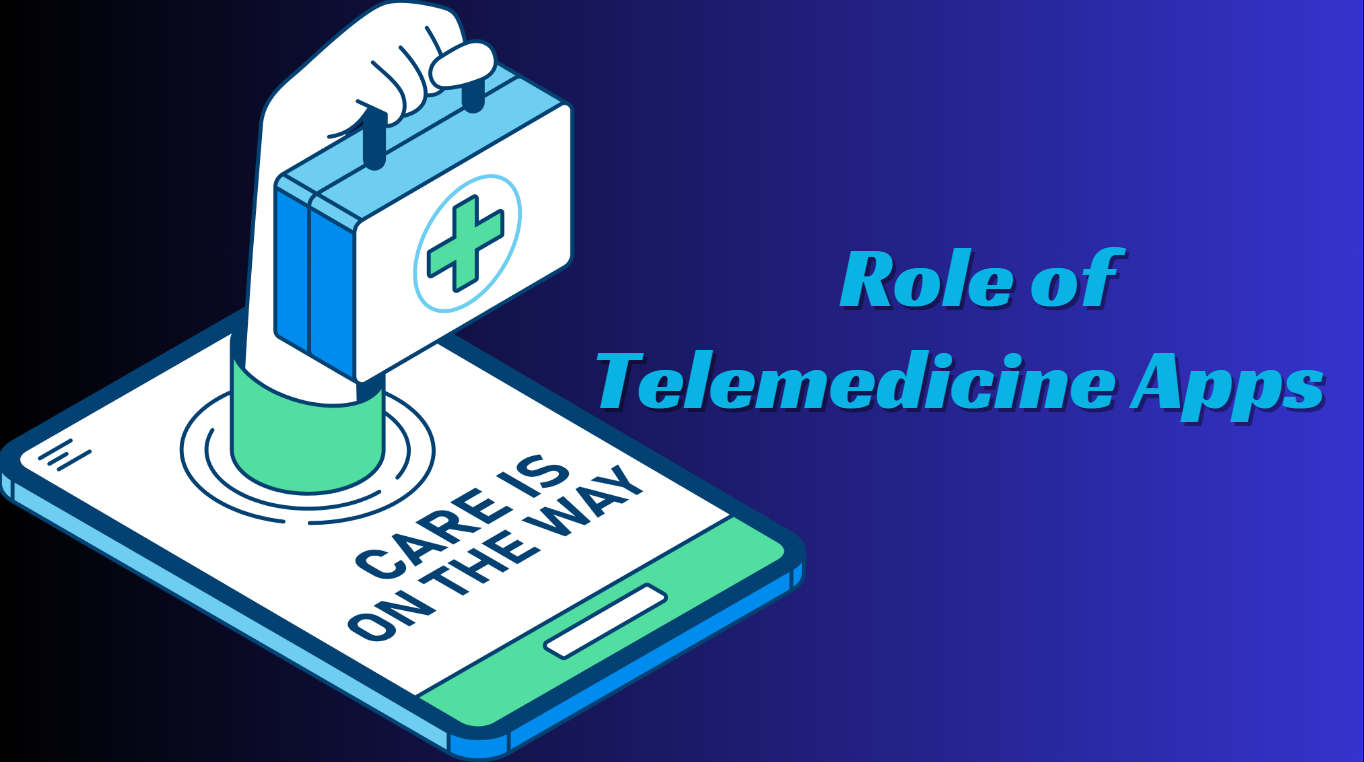Role of Telemedicine Apps for Online Prescription-Medical Care

Telemedicine apps has turn out to be the new reality of virtual healthcare solutions in India which involves online Consultation for medical prescriptions & other medical needs. As the number of telemedicine apps increases, getting one’s prescription and medical care through an application is real and the world has been changed by this development in the aspect of health care services in India.
1. Accessibility and Convenience
Telemedicine applications have made getting proper healthcare almost as simple as touching a button for most people no matter the location or country they are in. This is perhaps even more pivotal in a country mainly such as India wherein certain pockets remote and rural areas of the nation might not be immediately accessible to healthcare centers. By these apps, the users can seek medical advice from the doctors, obtain prescribes, and even order medicines from the comfort of their own homes. Here are the telemedicine apps which let you connect with your Doctor in case of Emergency Situations.
2. Timely Consultations
The given statement holds particularly true for India where most of the population is urbanized and it is very common to have long queues in the healthcare centers due to frequent physical visits. By that, the users can conveniently pick an appointment for a teleconsultation at the time that they prefer. This is particularly relevant from the perspective of timely access to specialist health care providers that would facilitate effective management of health precursors as they develop.
3. Online Prescription Services
Teleconsultation software enables physicians to offer e-prescriptions after the treatment predicting process. One way of technological advancements is that patients may be given prescriptions through electronic means and not a physical document. This dynamic approach saves time, has less paperwork, and makes sure that patients have access to what they need.
4. Continuity of Care
The telemedicine apps enable calls for continuing care since a user can only speak to the same doctor or practitioner on subsequent occasions. Such flow is particularly helpful in handling chronic illnesses, as patients require consistent follow-ups and adjustments to their medications. It also delivers reliable and unique care to persons as they are not exposed to other diseases causing agents.
5. Remote Monitoring
Some diseases necessitate having the patient’s symptoms monitored daily or at least over a regularly scheduled time period. The telemedicine application integrated with remote monitoring tools allows the healthcare professionals to monitor the patients’ condition via vitals. Such a capacity is useful when dealing with chronic diseases for instance diabetes, hypertension, and cardiovascular diseases.
6. Increased Healthcare Awareness
These telemedicine platforms positively disseminate a lot of health information in treatment and preventive health measures which enhances users’ knowledge of various illnesses and health issues. . It also leads to improved understanding of measures that need to be taken when experiencing certain health issues, which in turn contributes to improved healthcare-seeking behaviour in the population.
7. Pandemic Response
The COVID-19 pandemic was the time to demonstrate the possibilities of telemedicine applications for the continuation of healthcare while avoiding contact with the virus. Telemedicine applications were useful in providing remote consultation services, prescription, and advice when communities were under lockdown or when physical contact was discouraged.
8. Medication Delivery Services
Telemedicine platforms integrate with pharmacies for medication delivery and are made part of the whole integrated system. The proposed solution ensures users are supplied with prescribed medication delivered right at their doorstep, a flexibly which comes in handy where the patient has mobility difficulties or lives in a region that has limited access to pharmacy shops.
9. Cost-Effective Healthcare
It pays to check on patients at home through video rather than having to travel to and drop the patients off at the hospitals, clinics, and other healthcare facilities. It minimizes the costs such as traveling costs, time costs, and any other costs that may be underlying. Moreover, it means that the increasingly wide population layer gains access to medical services.
10. Legal and Regulatory Framework
Telemedicine has been understood to play a vital role in Indian healthcare and the government has made an attempt to fix rules regarding its administration. The incorporation regarding the legal recognition of telemedicine was seen with the relationship to the Ministry of Health and Family Welfare issuing the Telemedicine Practice Guidelines for the proper legal practice and validity of online healthcare services in India.
Conclusion
Telemedicine applications for the purpose of online prescription and remote medical consultation for patients have emerged as some of the main trends in the healthcare services in India. With technology enhancement and changes in regulatory policies, telemedicine has attracted people throughout India and is expected to become an essential component of the nation’s health care delivery system, providing access to quality health care services and effective treatment in a convenient manner.
Discover more from Newskart
Subscribe to get the latest posts sent to your email.


[…] other articles which I’ve written earlier like top telemedicine apps and the role of telemedicine apps for online prescriptions in healthcare sector, online food delivery apps, online grocery delivery apps, in this article I’ll list down the […]
[…] Role of Telemedicine Apps for Online Prescription-Medical Care […]